Senate Judiciary Committee confirmation hearings for Judge Brett Kavanaugh—President Trump’s nominee to fill a vacancy on the Supreme Court—got off to a raucous start this week. Democrats cried foul over Republicans’ rush to start hearings before a full vetting of Kavanaugh’s record. Capitol Hill police removed protestors for disrupting the hearing. And Republicans struggled to refocus the hearing on Kavanaugh’s qualifications for a lifetime seat on the Supreme Court bench.
Absent surprise defections from Republicans, most expect the Senate to confirm Kavanaugh on a near party-line vote by the end of the month, in time to seat him before the Court starts its new term October 1.
If confirmation is likely, why so many fireworks? A pivotal vacancy, intense partisanship, and a majority inclined to bend the rules have markedly polarized advice and consent—setting a precedent for fights over future nominees.
A procedural fight could unite the Democrats
With Senate Republicans likely united in support of Kavanaugh, Democrats have little chance of derailing the nomination. Granted, Democrats didn’t put up much of a fight against President Trump’s first nominee. But that was probably because Trump appointed a conservative jurist, Neil Gorsuch, to fill a seat left vacant by another conservative, the late Antonin Scalia.
This nomination is different: an extremely conservative Kavanaugh would replace former Justice Anthony Kennedy, who was the Court’s remaining swing voter.
With Democrats facing voters in both red and blue states this November, focusing on transparency and fairness is one way to unite Senate Democrats against Kavanaugh. That strategy was on display on Tuesday, with Democrats complaining that Republicans were withholding scores of documents. GOP lawyers reviewing documents from Kavanaugh’s service in the Bush White House had previously released about a half a million pages of documents to the committee, directing a large portion be withheld from the public. The Trump White House intends to claim executive privilege over another hundred thousand pages. And on Monday night, hours before the hearing started, the Bush legal team dumped 42,000 more pages, allowing only committee members to view them.
Democrats cried foul, arguing that Republicans had undermined the committee tradition of fully vetting nominees before hearings. But there might be a silver lining for Democrats. The focus on procedure potentially offers political cover for fellow partisans facing competitive races in deep red and purple states this fall. To the extent that Democrats can re-frame the debate over Kavanaugh as a matter of transparency, not policy, some endangered Democrats might be more inclined to oppose him—potentially energizing Democratic voters back home.
Kavanaugh is a uniquely polarizing nominee
This summer, opinion polls showed that the public had already deeply polarized over Kavanaugh’s nomination. Nearly three-quarters of Republicans and independents leaning to the GOP supported confirmation; over three-fifths of Democrats and their leaners opposed him. That partisan gap is similar to public reactions to Gorsuch, but wider than for most recent Supreme Court nominees. In fact, Kavanaugh has the lowest approval ratings since Judge Robert Bork in 1987.
Why does Kavanaugh poll so poorly? To a large degree, people’s attitudes towards President Trump likely color their views about Kavanaugh. That’s remarkable given that the Court has polarized more slowly than the other branches of government. Of course, Democrats have also portrayed Kavanaugh as an extremely conservative nominee, a portrait backed up by a new study of Kavanaugh’s appellate voting record. Voters’ polarized views are a sure sign that intensely partisan reactions to national issues and politicians are finally seeping over to perceptions of the Court. That trend is unlikely to reverse itself anytime soon.
Rule bending is the name of the game in the Senate
After Gorsuch’s confirmation hearing in 2017 and right before senators cast confirmation votes, Republicans reinterpreted Senate rules to block the minority from filibustering Supreme Court nominees. The new rule makes Kavanaugh’s hearing the first during which a nominee needs only a bare majority vote to be confirmed by the Senate. Once the Senate swears in former Arizona senator, Jon Kyl, to replace the late Senator John McCain, Republicans can lose one GOP vote and still get Kavanaugh confirmed if the vice president casts the deciding vote.
Absent any need to appeal to senators on both sides of the aisle, the change in rules might free Kavanaugh to be less forthcoming than previous nominees and contribute to the fireworks over his confirmation. That might also be why the committee has been willing to cut corners by conducting hearings before Kavanaugh is fully vetted.
To be sure, Republicans will have to reap what they sow when the GOP eventually loses control of the White House and the upper chamber. But for now, cementing a conservative majority on a polarizing court seems particularly important to the Republican majority. So important, in fact, that any effort to temper the spread of partisanship to the courts seems doomed to fail.
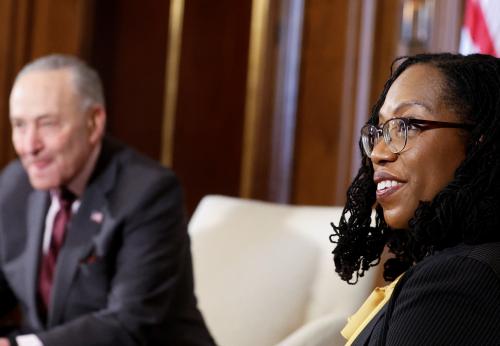
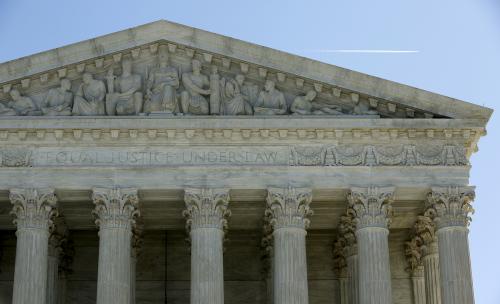
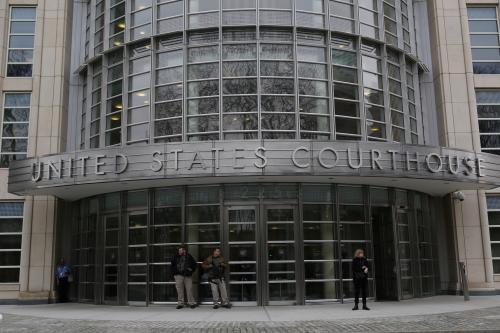
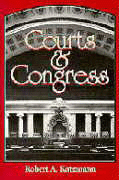
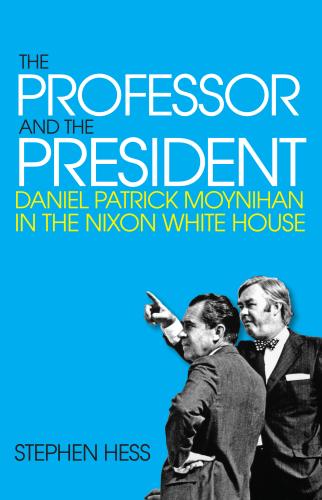
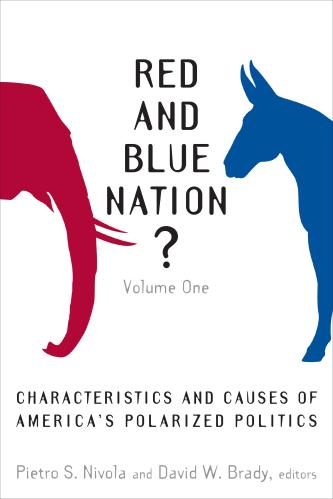




Commentary
Confirmation hearing fireworks are likely to be the new normal
September 5, 2018